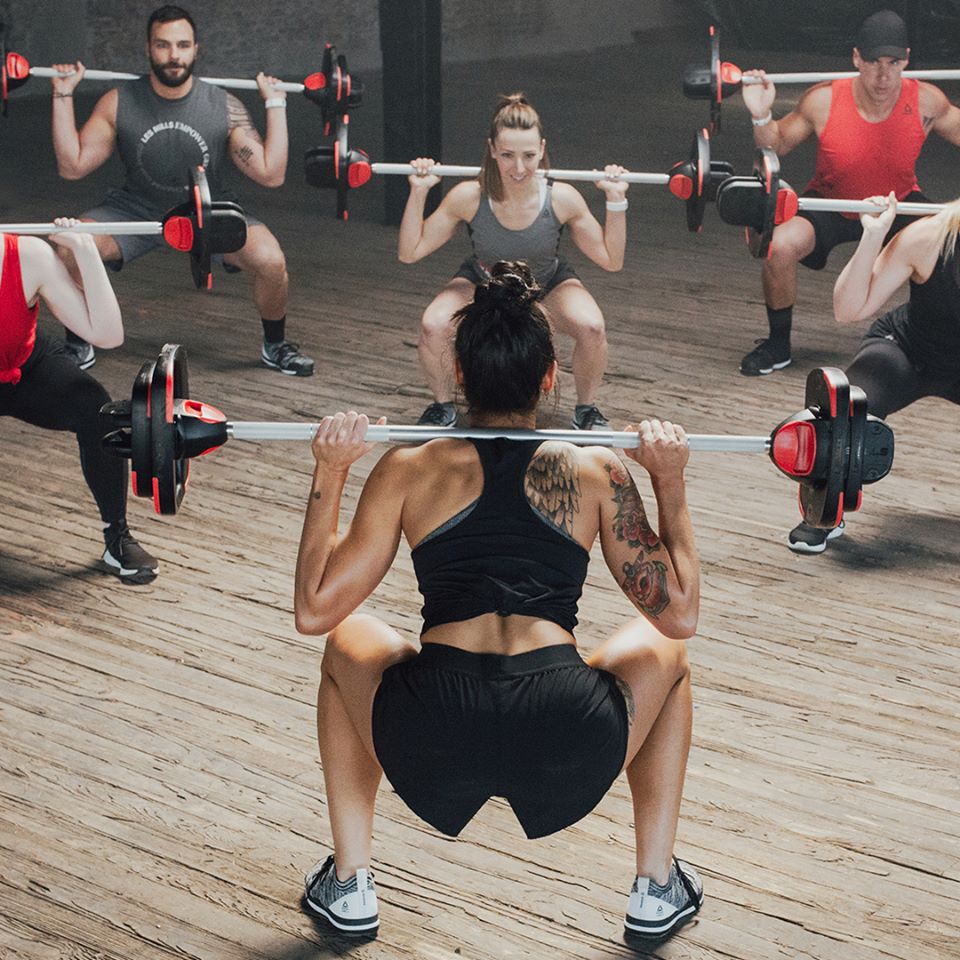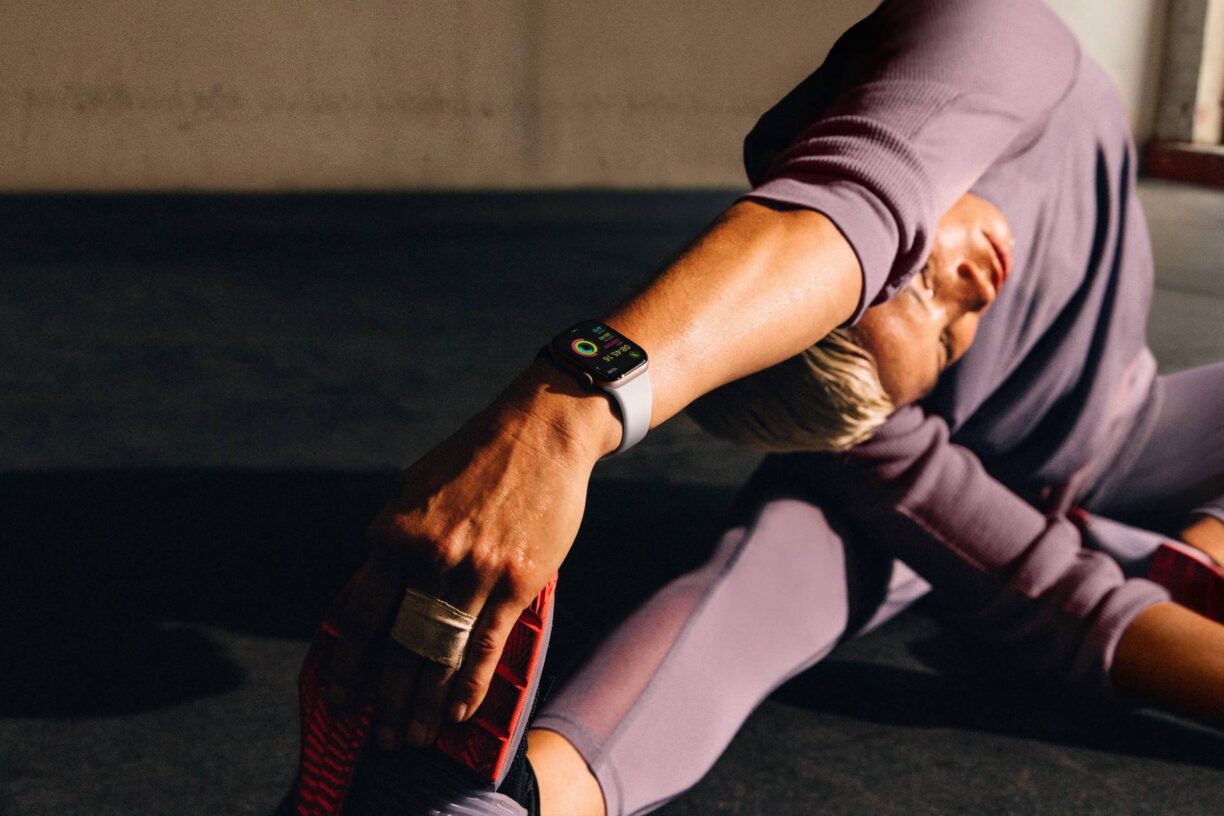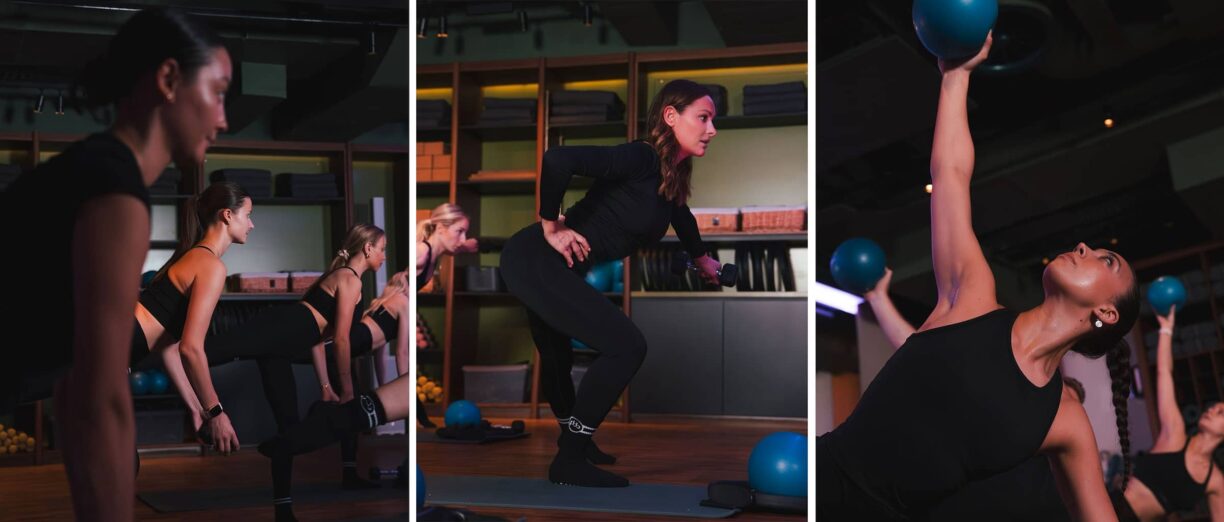Les Mills, has scientifically backed research to show that efficiency is the key to your fitness goals.
Using tailored studies, the brand has provided three need-to-know instructions to you find your peak fitness this year.
The number of gym membership sign-ups increases every January but how many people really maintain their “New Year, New Me” goals throughout the year? Mills suggests making yourself a different goal: Workout smarter not harder.
1. HIIT that sweet spot
When you’re feeling rubbish about yourself after Christmas, having eaten your entire bodyweight it’s natural to jump to the conclusion that you’ll have to hit the gym and hard. Well, not necessarily according to science.
HIIT has long been hailed as one of the best workouts for fast-hitting fat-torching, but a study presented to the American College of Sports Medicine Conference showed that you only need 30 – 40 minutes of HIIT per week in a maximum training zone (which is 90% of the maximum heart rate) to provide the best results.
The study showed that anything over this puts your body at a reduced performance and you at greater risk of injury – yikes!!
2. Get off the ‘dreadmill’
It’s usually the first place we head to when entering the gym – the cardio section. But research suggests there could be better ways to burn calories.
The Journal of Science and Medicine in Sport and the Auckland University of Technology released a study to show that low-weight, high-rep workout such as Bodypump burns more calories and fat than doing steady-state cardio.
The reason is, that doing weights and especially weight classes like Bodypump, puts your body into the preferred hormonal and physiological state, where you’re burning more calories during and after the exercise than you would doing the same amount of time on the treadmill.
So, in layman’s terms the beneficial effects of certain exercise types, such as resistance and high-intensity training, can last long into the recovery period after the actual workout is over. But if you really want the full scientific reasoning Bryce Hastings, Head of Research for Les Mills International, says “Human Growth Hormone oxidizes fat and builds lean muscle tissue.
That’s important for ongoing calorie expenditure because muscle burns more calories than fat. The more muscle you can build the more calories your body will burn long-term. Combine that with increased fat loss and the result leads to rapid changes in body composition.”
Burn fat whilst chilling on the couch post-workout? We’ll take that!!
3. Girls (push-ups) rule
We can be forgiven for feeling a bit self-conscious when first getting in the swing of things in the gym especially after a holiday break.
There are so many exercises that require perfect ‘form’ (we’re looking at you Mr. Squat!), but if you’re worried about looking like you’re not working hard enough when you do push-ups on your knees – don’t!
New research as published in the Journal of Applied Biomechanics has proven that knee push-ups (or sometimes referred to as ‘Girl push-ups) are just as beneficial for muscle activation as toe push-ups.
The study found that the ratio of upper body muscle activation is the same when you do toes push-ups and knee push-ups, which is very good news for people who struggle to do push-ups on their toes with a full range of motion.
“Knee push-ups are a valuable alternative to toe push-ups in order to give you pecs, shoulders and triceps a good workout, at the same time strengthening the muscles of the core,” says the study’s Associate Professor Jinger Gottschal.
It also suggests that if you’re able to do 16 knee push-ups back to back, you’re ready to do toe push-ups. Now that’s a far more measurable goal if ever we saw one.
So this year, don’t let yourself fall into a trap with over-promised and far-too-vague New Year Resolutions that have probably fallen to the wayside or are starting to wane now, especially when it comes to your fitness.
Working out in a smart and measurable way is the key to ensuring long-term and sustainable fitness goals.





